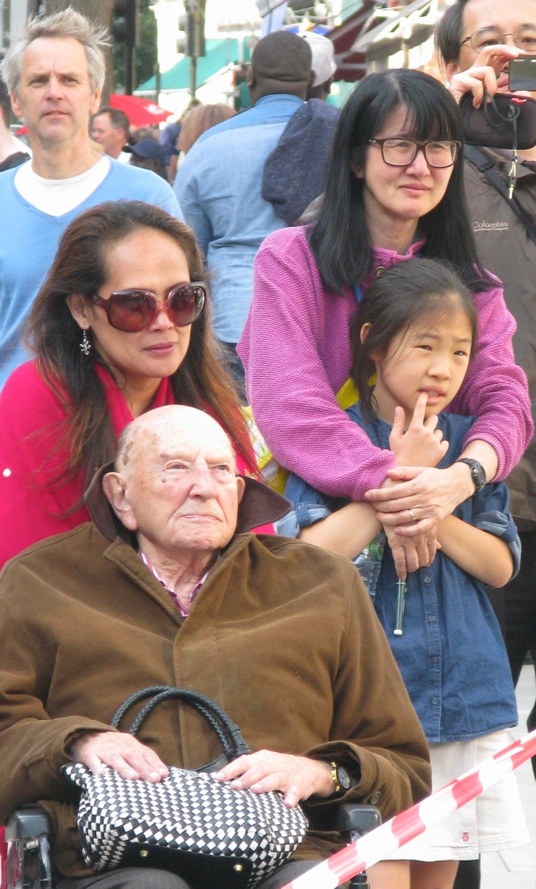Pre-historic glacial activity and sub-tropical weather shaped the river Thames valley. Homo sapiens – anatomically modern humans – first appeared around 40,000BC.
Semi-nomadic hunters, gatherers and herders then settled into farming and tending livestock over thousands of years.
But, after Caesar’s expeditions to Britain in 55BC and 54BC, the Romans created London as a city, building on the north bank where the Thames seemed narrow enough to be bridged. A timber-framed settlement grew into ‘Londinium’ and then ‘Augusta’ over four centuries, the largest frontier settlement in Britannia, a northern Roman Empire province.
Square mile and Empire
By 150AD, Londinium spanned two kilometres (1.2 miles) on the Thames’ north side, covering 300 acres (121 hectares). Londinium’s population grew to 25,000. A high stone wall fortified Londinium from the 3rd Century.
Long after the Romans left, London expanded inside the old walled city as ‘Lundenberg’, and outside as ‘Lundenwic’ in the area around today’s Covent Garden. London became a trading port and then finance and trading capital of the British Empire from the late 16th Century onwards. London also became capital of England and of the United Kingdom.
By the mid-nineteenth century, the British Empire ruled over one-fifth of the world’s population. Empire evolved London into a centre of world banking, finance and insurance.
Generations of a powerful and wealthy Empire élite controlled the River Thames to make London a global trade centre, port and maritime city. This powerful stratum of London society bought vast land and property.
Manufacturing and industry
The British Empire and the world’s first Industrial Revolution turned London into a centre of manufacturing and industry. Thousands came to London to toil in factories and workhouses and live in tenement slums. A municipal movement provided decent public homes, baths and parks.
But London’s role in the world gradually changed as the slave trade in African human beings declined and Britain’s subject colonies gained independence. London’s industrial decline since World War II (1939-45) mirrored the fall of Empire. London’s shipbuilding industry disappeared long ago and the city’s teeming docklands fell into disuse during the latter decades of the 20th Century.
Thousands of Londoners experienced falling demand for their heavy and light industrial skills. Apprenticeships disappeared. A trend towards low-skilled service and retail work began for many people.
Londinium to the City
During the rise and fall of Empire and industry, the old enclosed Roman square mile became the 20th Century heart of London’s banking and financial services industry. The first modern joint stock banks were created on Lombard Street 200 years ago. A small residential population, clustered in complexes like the Barbican, now includes some of the UK’s wealthiest people.
‘The City’ is now administered by the Corporation of the City of London, topped with a figurehead Lord Mayor of London, not to be confused with the Mayor of London. Businesses can vote in its elections. The City claims divine guidance. Its motto - Domine dirige nos – translates as ‘Lord, direct (guide) us’.
Critics decry the City as an ancient, secretive ‘offshore state’, lodged within but effectively unaccountable to the wider UK population that it affects daily.
The UK is seen as country that has suffered in the first decade of the 21st Century for being economically over-dependent on unstable banking and finance.
© Paul Coleman LONDON INTELLIGENCE 2012


